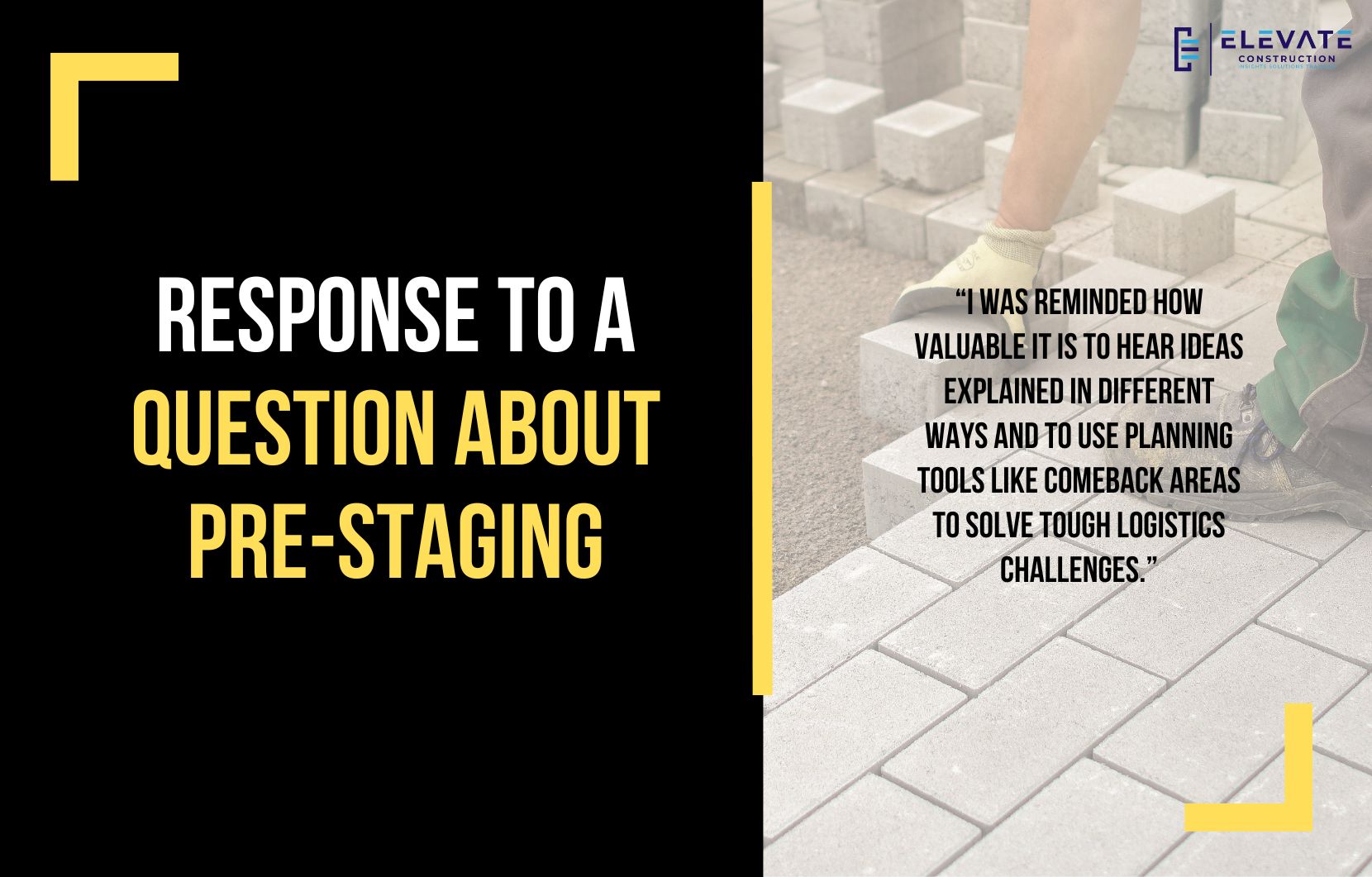I love it when listeners send me their thoughts, questions, and experiences because it always brings fresh perspectives into the conversation. Recently, I received two comments that really stood out, and I want to take some time to share them here along with my reflections.
The first comment came from someone who had listened to my episode on patterns. He said it was one of the most down to earth takes he had heard in a long time and that it resonated with his own experiences while working on the contractor side. He explained that during performance reviews, his team identified three enablers for execution. The first was data, which included all the necessary drawings, permits, and documentation that allow a project to move forward. The second was tools, which meant not only equipment and materials but also energy supplies and everything needed to get the work done. The third was area, meaning the physical space and staging required to execute construction safely and efficiently, including traffic routes, site access, and preparatory work.
What struck me was how similar these enablers are to what I have been teaching and learning myself. It is always affirming to hear that across industries and even across countries, people are recognizing the same foundational principles. Sometimes we need to hear an idea explained twice in different ways before it fully clicks, and I love how his perspective reinforced what I shared.
The second comment was more of a question, and it dealt with something very practical. A listener asked about the challenge of just in time deliveries when working on a high rise with a curtain wall system. The problem was that long materials like fire sprinkler pipes or large mechanical units could not fit inside the buck hoist, so they had to preload the building before the curtain wall went up. This created material movement issues, and he wondered if there was a better way to do it.
I think this question is excellent because it highlights a common challenge in construction. The truth is that yes, in many cases you must load long pipes, large equipment, and certain materials before the curtain wall is installed. The key, however, is to minimize the impact by planning staging areas in advance. On logistics plans and zone maps, I always designate comeback areas where materials can be stored until needed. For example, around elevators, I make sure to reserve space because elevator contractors typically need large staging zones. These comeback areas are chosen carefully so they do not interfere with commissioning or other critical activities.
When I think about just in time deliveries, I always remind teams that it does not mean every item goes directly from the vendor to the exact place of work at the exact time. It often means that materials go from a lay down area or staging space to the work zone when they are ready to be installed. A zone only becomes an active work area once the second pass of construction is underway. Until then, it can serve as temporary staging. This is why it is so important to identify these areas in the planning phase and make sure trade partners know about them ahead of time.
Hearing questions like this excites me because it shows how deeply people are thinking about flow, logistics, and efficiency. These are the kinds of conversations that push the industry forward. When we openly share our challenges and solutions, we grow together, and that is exactly what I want this space to be.
Key Takeaway
I was reminded how valuable it is to hear ideas explained in different ways and to use planning tools like comeback areas to solve tough logistics challenges. Real success comes when I combine these lessons with clear staging and just in time deliveries.
If you want to learn more we have:
-Takt Virtual Training: (Click here)
-Check out our YouTube channel for more info: (Click here)
-Listen to the Elevate Construction podcast: (Click here)
-Check out our training programs and certifications: (Click here)
-The Takt Book: (Click here)
Discover Jason’s Expertise:
Meet Jason Schroeder, the driving force behind Elevate Construction IST. As the company’s owner and principal consultant, he’s dedicated to taking construction to new heights. With a wealth of industry experience, he’s crafted the Field Engineer Boot Camp and Superintendent Boot Camp – intensive training programs engineered to cultivate top-tier leaders capable of steering their teams towards success. Jason’s vision? To expand his training initiatives across the nation, empowering construction firms to soar to unprecedented levels of excellence.
On we go


